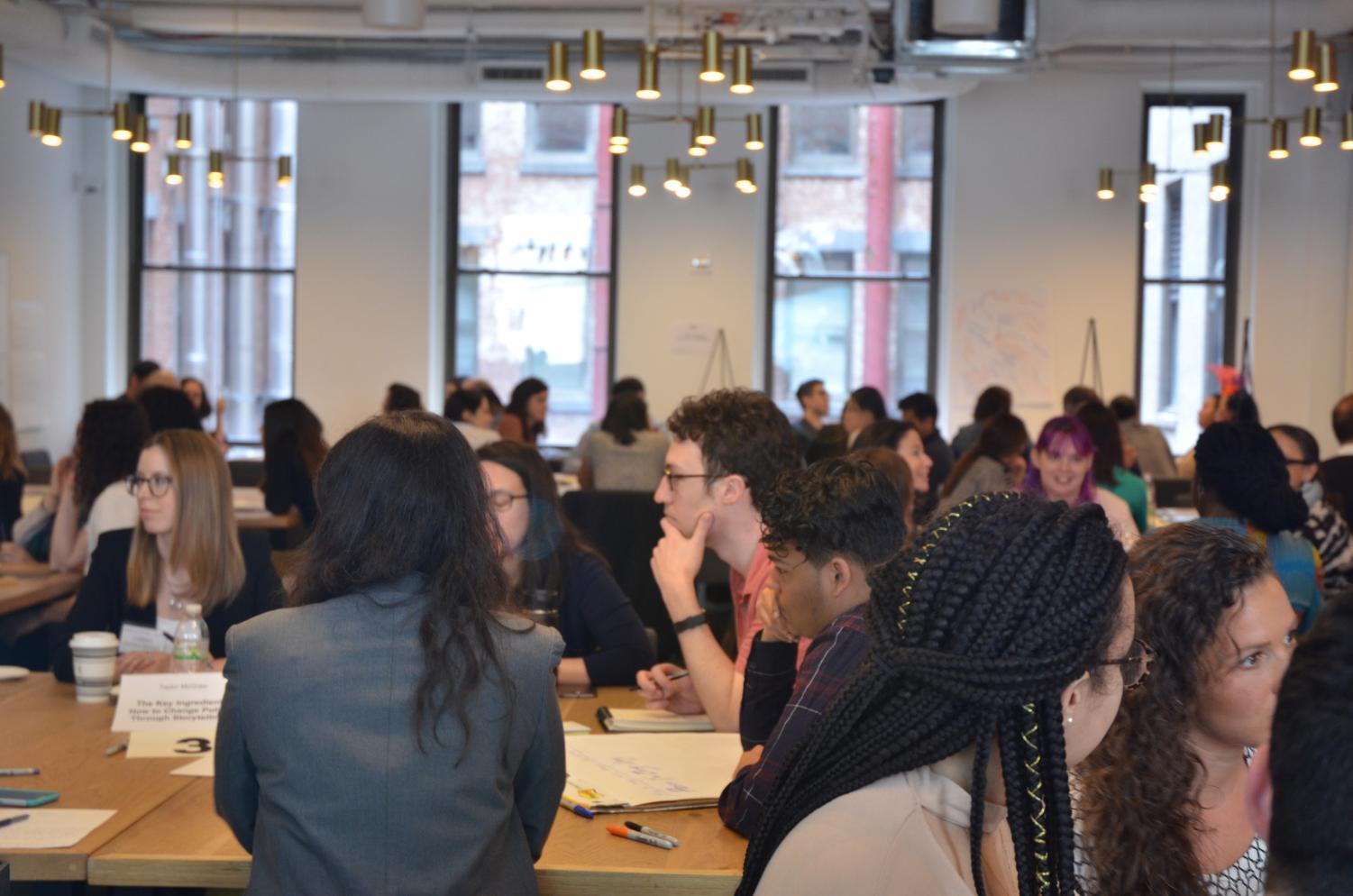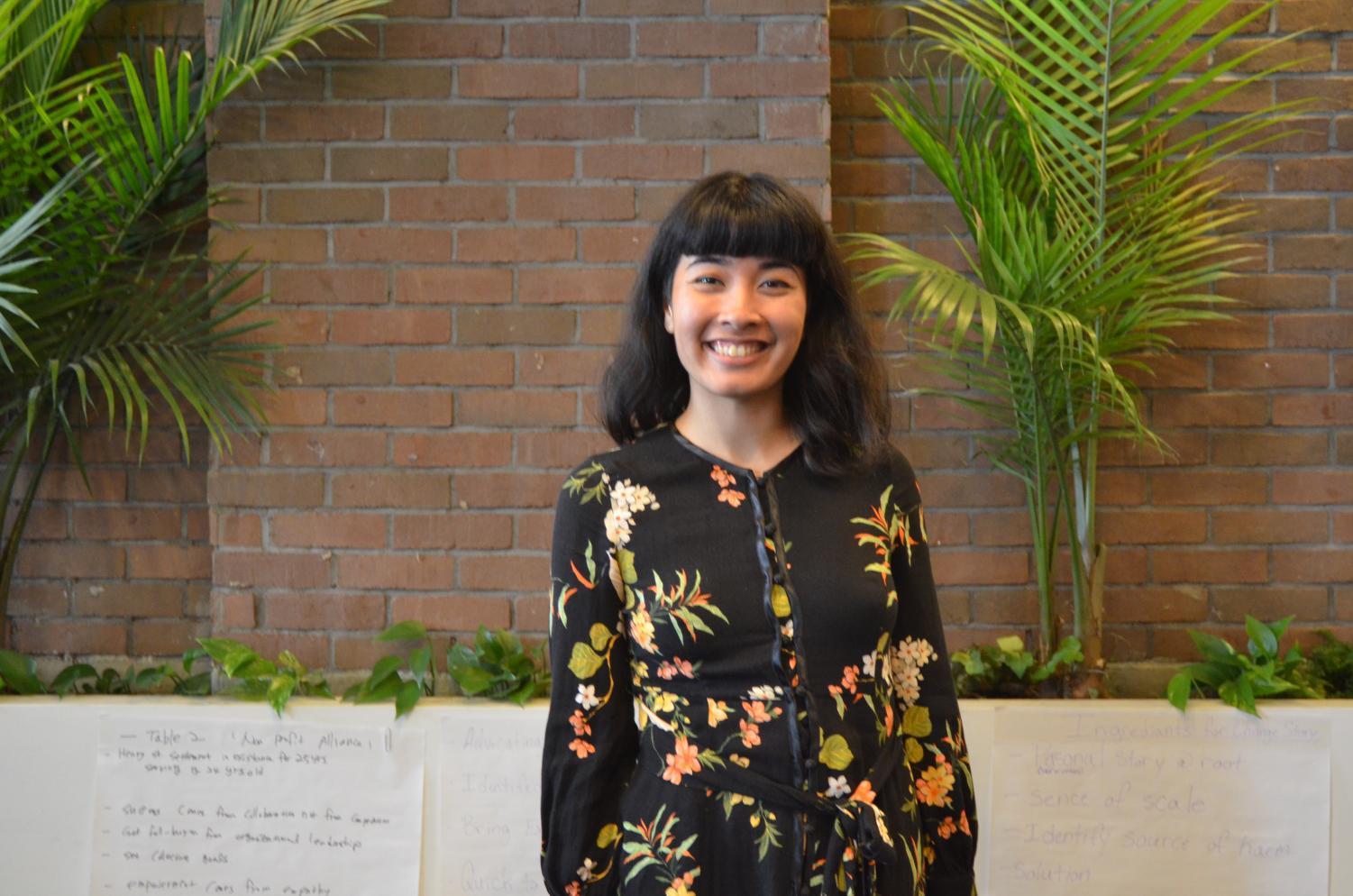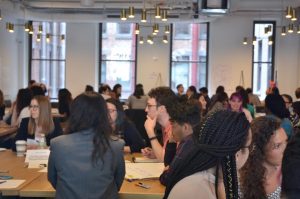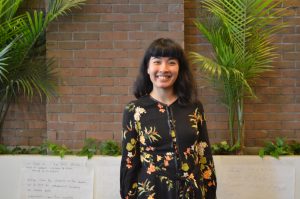Steinhardt’s Community Gets Together to Discuss Education Reform in New York City
April 18, 2018
When Steinhardt junior Angelina Quezada was growing up, she had the opportunity to attend good schools. Her mom, a school teacher, although not rich, was educated enough to navigate her child through the complex education system and to lead her through a path that eventually got her accepted into NYU.
But it was only at a later age that Quezada realized she was an exception among the majority of kids in the United States: around 60 percent of the American students are not proficient in math, reading or science and about half of the population from 25 to 34 years old has not obtained a college degree, according to 2016 data from the U.S. Department of Education.
“This was when I realized that we have a systemic education problem being replicated more and more by policy,” Quezada said. “My mom had enough connections to kind of squeeze me into the places where I needed to be. But not all the kids have the same opportunity.”
To talk about the challenge that lays ahead for changing this scenario, experts, education professionals and students such as Quezada got together this weekend at Frontier 2018, a K-12 education conference organized by Steinhardt’s students and alumni to discuss education reform in New York City.
As the largest school district in the country, New York City has 1.1 million students in its public schools, being 26 percent of them are black, 40 percent are Hispanic, 16 percent are Asian and 15 percent are white. About 13 percent of them are non-native English learners and 75 percent qualify for free or reduced price lunch.
Although the five boroughs have more than 1,800 schools and a diverse selection of students, those students are not spread evenly throughout. Half of the white students attend only seven percent of the city schools and Asian students attend six percent. Meanwhile, black and hispanic pupils make up at least 90 percent of the student population in 1,600 public schools.
“Segregation at our schools is probably the main push in NYC school reform right now,” said Nasrin Jafari, an alumna graduated from Steinhardt last May and was the head-organizer of the event.
“We must recognize that lots of students of color are pushed out of school,” said Jafari.
Part of the problem is the city’s school choice system, where kids in elementary and middle school are obliged to go to an institution in their own area — if a student from uptown Manhattan believes a downtown school is better, they won’t be allowed to enroll there. The model only changes in high school, when students can apply anywhere in the city.
Even so, experts in the field recognize that the application process alone doesn’t solve the problem, especially for the economically disadvantaged which also tend to be people of color.
Shino Tanikawa is a mother of two daughters and vice president of the Community Education District 2 — a district that aggregates most of the wealthy Manhattan neighborhoods. She defends that the selection process must take into account socioeconomic status and minorities, in order to spread kids more evenly among schools. “We can’t have a colorblind system, because we don’t live in a colorblind society,” Tanikawa said.
How should a 21st century class look like
While figuring out how to make the system more equal and fair, schools and policy makers also face the mission to provide students with an education integrated into the modern world — something they are struggling to do.
“School nowadays is still too much focused on test preparation for college. Which is not a bad thing, but it’s not only that,” said Tom Gold, an NYU alumni now working as a director at the Network for Teaching Entrepreneurship.
Gold, who had worked at the Department of Education under Michael Bloomberg’s administration, argues that a more entrepreneurial mindset could be one of the ways for schools to teach more of what he calls “life skills” — such as critical thinking, communication and problem-solving skills. In a 2013 study, 93 percent of employers said to value those kinds of abilities even more than the candidate’s undergraduate major.
When modernization is on the table, the answer for building a more innovative and effective curriculum might not be exactly in expensive high-tech facilities or miraculous software.
“There are so many challenges that education needs to address and prepare us for, and you don’t get that from a tablet screen,” Steinhardt Professor Carol Anne Spreen said, who presented at the Frontiers conference.
Spreen pointed out that companies and private organizations can lure schools, parents and policy makers into buying products and solutions that might tackle the wrong problems.
“I think we need to approach reform with a deep skepticism and in a critic way, and think about who is it serving and for whom is it working,”, Spreen said.
With so many topics to address, there is no magic bullet to New York’s education problems. This is why the conference aimed to bring together people from different fields, from business to arts, private organizations, activists and policy scholars.
“Because education is not only education: it’s health, housing justice, all these different things that are centered around justice and equality for people,” said Deborah Chang, one of the organizers of the conference and founder of #NYCEDU, an organization built to connect people across New York City’s education sector.
“All of that can’t be solved in one day,” said Chang. “But our idea with this conference was to see the collective impact by making those first connections, by sparkling ideas that can eventually grow.”
Quezada reinforces that the reform discussion matters even for her NYU colleagues who are not education majors.
“Education is something that reaches everyone,” she said. “No matter which color, socioeconomic status, how privileged you might be. So I do believe empathy is something that’s going to bring everyone to the table.”
Email Carol Oliveira at [email protected].





























































































































































